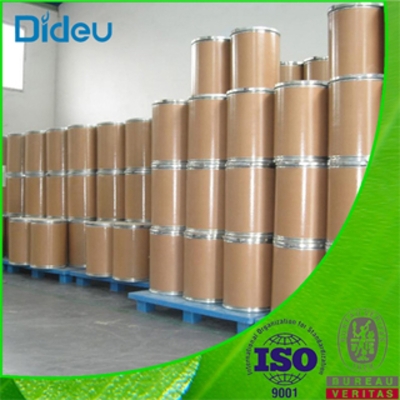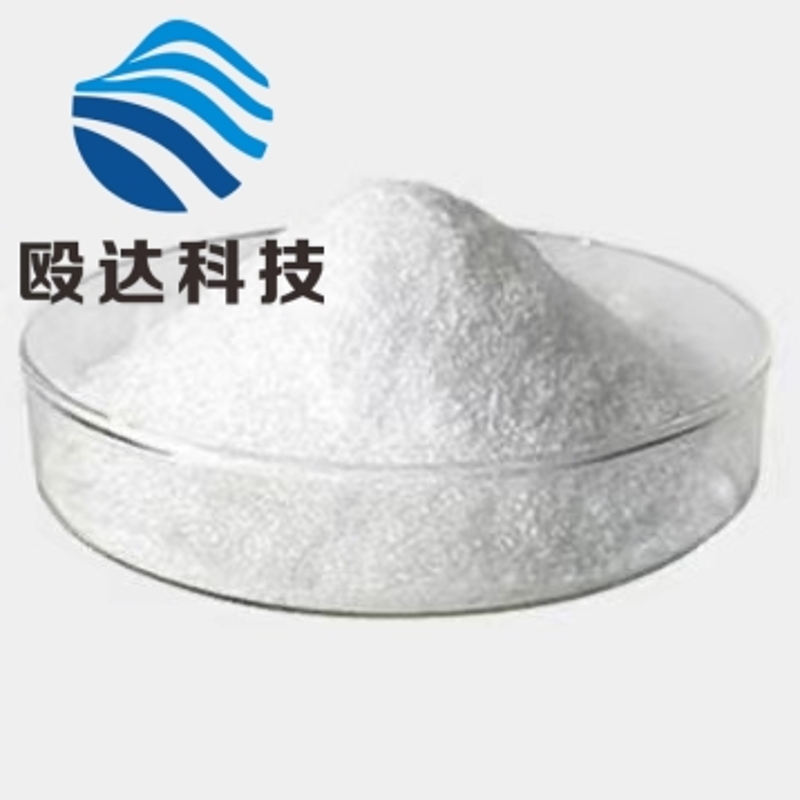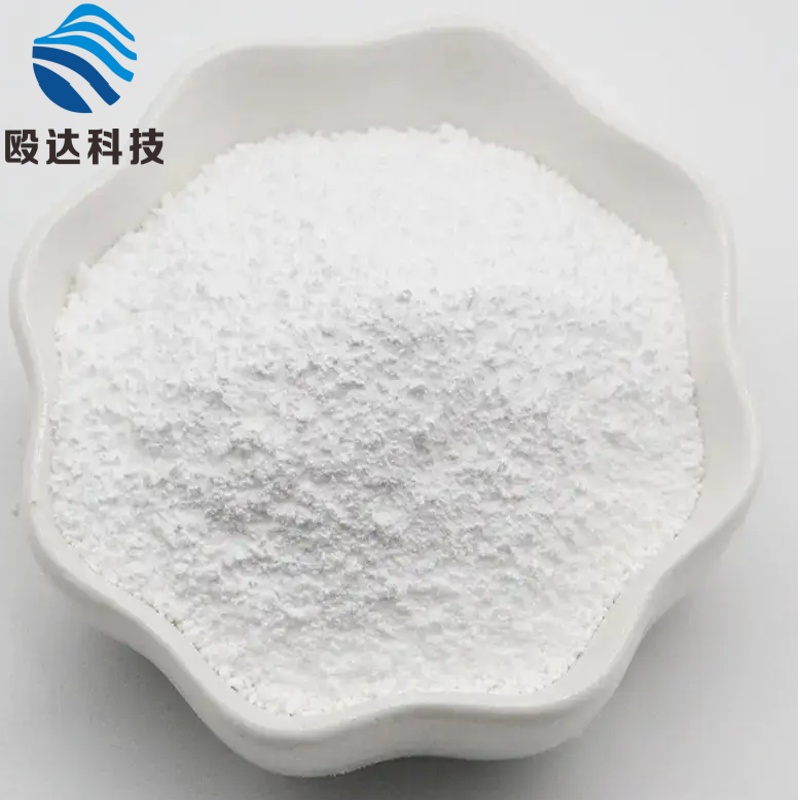-
Categories
-
Pharmaceutical Intermediates
-
Active Pharmaceutical Ingredients
-
Food Additives
- Industrial Coatings
- Agrochemicals
- Dyes and Pigments
- Surfactant
- Flavors and Fragrances
- Chemical Reagents
- Catalyst and Auxiliary
- Natural Products
- Inorganic Chemistry
-
Organic Chemistry
-
Biochemical Engineering
- Analytical Chemistry
- Cosmetic Ingredient
-
Pharmaceutical Intermediates
Promotion
ECHEMI Mall
Wholesale
Weekly Price
Exhibition
News
-
Trade Service
Benzyl (3R,4S)-3-(2-bromoacetyl)-4-ethylpyrrolidine-1-carboxylate is a compound that is commonly used in the chemical industry.
The production process of this compound involves several steps, each of which is designed to achieve a specific goal.
Step 1: Preparation of the starting materials
The first step in the production process of benzyl (3R,4S)-3-(2-bromoacetyl)-4-ethylpyrrolidine-1-carboxylate is the preparation of the starting materials.
This involves the synthesis of the two main precursors, (4S)-4-ethyl-2,4-dihydro-4-oxo-1,3-oxazepine-3-carboxylate and benzyl bromide.
The synthesis of these precursors is a complex process that requires the use of specialized equipment and reagents.
Step 2: Condensation reaction
The next step in the production process is the condensation reaction, which involves the combination of the two precursors to form the desired product.
This reaction is typically carried out in the presence of a solvent, such as ethanol or acetonitrile, and is catalyzed by an acid or base.
The conditions used in the reaction are carefully controlled to ensure that the reaction is efficient and the product is of high purity.
Step 3: Purification and isolation
Once the condensation reaction is complete, the product is typically purified and isolated from the reaction mixture.
This step is critical to ensuring the purity of the final product and can involve a variety of techniques, such as filtration, crystallization, and chromatography.
The purification process is often complex and may require multiple stages to achieve the desired level of purity.
Step 4: Characterization and testing
The final step in the production process is the characterization and testing of the final product.
This involves the determination of the chemical properties of the compound, such as its molecular weight, melting point, and solubility.
The product is also tested for purity and stability, and the results of these tests are used to ensure that the product meets the necessary standards for use in the chemical industry.
Conclusion
The production process of benzyl (3R,4S)-3-(2-bromoacetyl)-4-ethylpyrrolidine-1-carboxylate involves several steps, each of which is designed to achieve a specific goal.
The careful control of the conditions used in each step is essential to ensuring the purity and quality of the final product.
The production of this compound is a complex process that requires specialized equipment and reagents, as well as a thorough understanding of the underlying chemistry.
As with any chemical production process, safety precautions must be observed to ensure the safety of the workers involved in the production process.







